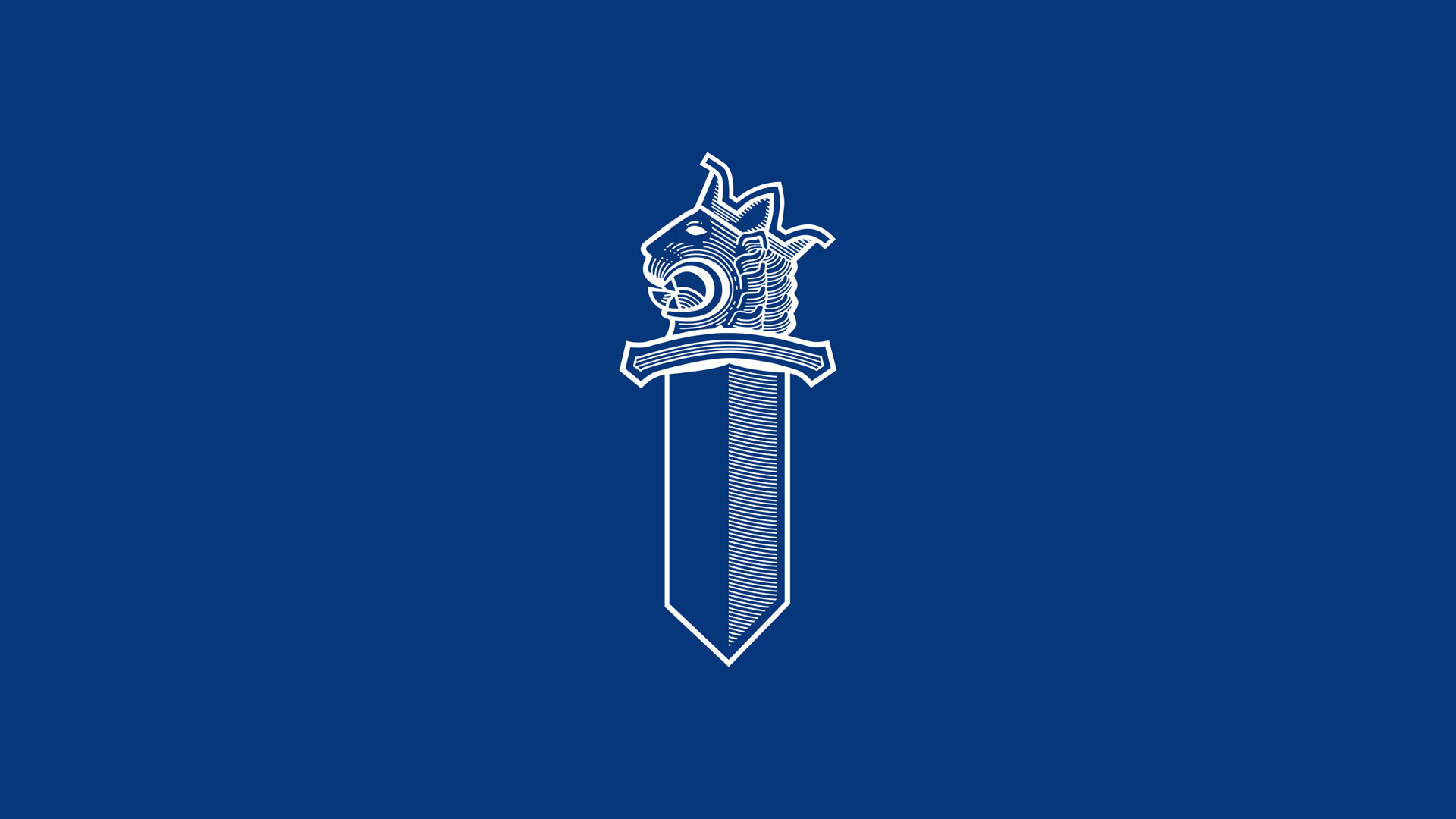- Poliisi
- fi
- Uutishuone
- Uutinen
A new report by the police analyses the factors underlying violent crime committed by underage juveniles
The results of a recent study by the police show that the number of violent crime incidents in which the suspect is under 15 years old has grown significantly in recent years.
According to the report, violent crimes committed by juveniles have increased both in urban, densely populated and rural municipalities. The growth has been less marked in the Helsinki metropolitan area. The level of crime has increased both among juveniles of foreign and Finnish background. In terms of numbers, growth has been most significant in suspected basic assault forms. In percentage terms, aggravated robberies, homicides and attempted homicides have increased most.
The study is based mainly on statistics of crimes reported to the police, and crime report data, in addition to which police departments have been asked to provide information on the theme.
“ In addition to actual growth in crime numbers, the growth in crimes recorded by the police may be influenced by changes in control by the authorities, recording procedures and readiness to report. According to police estimates, a part of the growth in the number of crime reports can be explained by the fact that incidents are more readily reported to the police,” says Petri Danielsson, Researcher at the National Bureau of Investigation.
The district of Oulu Police Department is one of the districts in which violent crimes committed by juveniles under 18 years of age have increased in rural municipalities since 2017. Detective Senior Sergeant, head investigator Irmeli Korhonen confirms Danielsson’s opinion that the growth in the number of crime reports can be partly explained by the fact that incidents are more readily reported to the police.
In 2015, the legislation changed so that certain public authorities must always report to the police cases of basic assault or all more serious acts of violence targeted at a minor.
“ For example, school personnel do not estimate for example if an assault is a basic or aggravated one, but report all types of assault to the police. Reports are also filed by the guardians of schoolchildren, for example concerning assaults during breaks at school, or on the way to and from school,” says Korhonen.
Reports on school violence are mainly filed in comprehensive schools rather than in upper secondary level educational institutions. In other respects, too, juveniles under 15 years of age appear more frequently in statistics on violent crime than 15–17-year-olds, Korhonen says. She estimates that young people become wiser with age and learn to better understand the consequences of their actions.
Violence occurs in institutions and schools
In addition to the crime rate, the report contains observations about the special characteristics of violent crimes committed by juveniles. In recent years, sharp-edged weapons are more often involved in the crimes, and the acts are also photographed, recorded on video and posted on social media to an increasing extent.
Crimes committed by underage juveniles are mainly targeted at other underage persons and often take place in the school setting. In recent years, however, the share of victims over the age of 20 has increased.
“More detailed analysis of violent crimes committed by underage juveniless, targeted at victims over the age of 20, has indicated that crime on the premises of schools, child welfare institutions and other institutions can be identified in the background of the growth seen in recent years. The reports filed reveal that the personnel of these institutions have been subjected to the violent crimes,” says Petri Danielsson.
This is also seen in rural municipalities in the district of Oulu Police Department.
“ For example, several child welfare units in the Oulu region are situated in these areas. For example, there are several placement units in Muhos, and one large unit in Liminka also houses special care departments,” Korhonen says.
Children’s movement may not be restricted in the units without specific grounds, because the children must be able to live their everyday life in a home-like environment. Sometimes, the juveniles abscond and may commit several crimes within a short period of time. Regardless of aggravated offences, the young person will not necessarily be imprisoned, because this person is already a customer of one public authority, child welfare.
Some juveniles placed in child welfare institutions behave violently towards their instructors. The instructors know the law and file a report to the police if they are subjected to violence. In addition to peers and instructors in child welfare institutions, teachers at schools may fall victim to violence committed by young people.
“ Violence experienced by instructors and teachers may be an indication of the young person no longer having respect for authority,” Korhonen says.
In her experience, children are more short-tempered than before. They easily resort to self-help and do not tolerate disappointments as well as before.
“ Children’s behaviour also reflects the phenomenon familiar from the adult world, that is, revenge to the victim on behalf of a friend,” says Korhonen.
Moreover, young people commit more brutal acts of violence:
“ It is not a question of a mere scuffle, but beating in a rage or kicking the victim already laying on the ground. These youngsters live in the moment and do not consider the consequences of their actions or the injuries they may inflict on the victim,” Korhonen says.
In the Oulu Police Department, the general idea is that the COVID-19 pandemic and the resulting social distancing has increased malaise and anxiety among young people.
Irmeli Korhonen also points out that mental health services in the Oulu region have deteriorated, and it is difficult for both children and adults to access treatment for mental health problems due to the long queues to health care. Parents also explain their children’s violent behaviour with various diagnoses such as ADHD and ADD, for which treatment has not necessarily been available.
How does the police interfere?
Violent crimes committed by juveniles and the related phenomena, from various angles, have been discussed in public. The aim of the report by the police now published is to clarify the phenomenon as a whole and analyse the related special characteristics.
“In the past two years, increasing attention has been paid in Finland to violent crimes committed by juveniles. In practice, however, the debate on the phenomenon has not succeeded to define in what way, and in which groups, this alleged change in violent crime can be detected. This has resulted in conflicting views of the overall picture and development of crime. The report seeks to contribute to tackling this challenge,” says Petri Danielsson.
Chief Inspector Simo Kauppinen is one of the participants in the public debate on the topic. He is responsible for preventive operations at Eastern Uusimaa Police Department. He says that irrespective of the young person’s age, serious crimes are always investigated and often resolved as well. However, crime investigation is only one perspective on the issue. The most important thing is to put an end to the criminal behaviour.
“ If the suspect is too young to be sanctioned under criminal law, he or she can be referred to multiprofessional assistance,” Kauppinen says.
The multiprofessional anchor team comprises experts providing assistance to the young person, representing the police, social services, health care services and youth services. The aim is for the team to meet the young person and his or her family at the earliest possible stage so that they can support the young person and refer him or her to assistance, if necessary.
“ When the child is a minor, a child welfare notification is always submitted, so that the child, suspected of having committed a crime, is referred to social services and possibly to mediation,” Kauppinen says.
“ Parents, in particular, should remember that the purpose of the intervention by the police and the authorities is not to cause problems for the young person suspected of crime – on the contrary. The purpose is to end the young person’s spiral of crime and change the direction of life for the better,” Kauppinen says emphatically.
Chief Superintendent Pekka Heikkinen of the National Police Board is responsible for the nationwide development of prevention of violent crime. In his opinion, acts of violence committed by young people is specifically an issue that involves the society as a whole, and the police alone cannot have the key to resolve the problem.
“ When a violent act committed by a young person is reported to the police, the malaise and problems have in most cases started much earlier and the violent act is the final tip of the iceberg. There may be diverse and complex underlying problems within the family that make the young person show symptoms. That is why intervention is necessary before the malaise and problems become a criminal matter,” Heikkinen points out.
“ Genuine cooperation between the authorities is the only way to address the problems before they escalate,” Heikkinen says.
He describes multiprofessional cooperation in regrettably many cases as old-fashioned, even ostensible. Surprisingly, the exceptional circumstances caused by the COVID-19 pandemic have forced the authorities to deepen their cooperation and in the best case, the various actors collaborate within controlled structural frameworks, of which the multiprofessional anchor activity is a good example. However, a broader base of actors is required for that activity.
In Heikkinen’s opinion, the complexity of legislation and the challenges in information exchange, for example, require competence from all parties concerned and the best results can be achieved by working together.
socialShareGray




